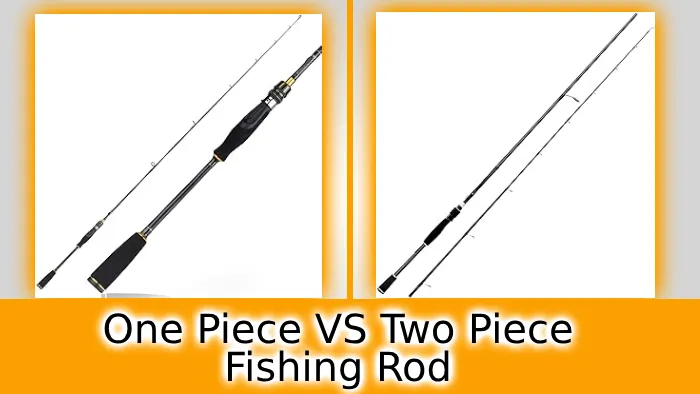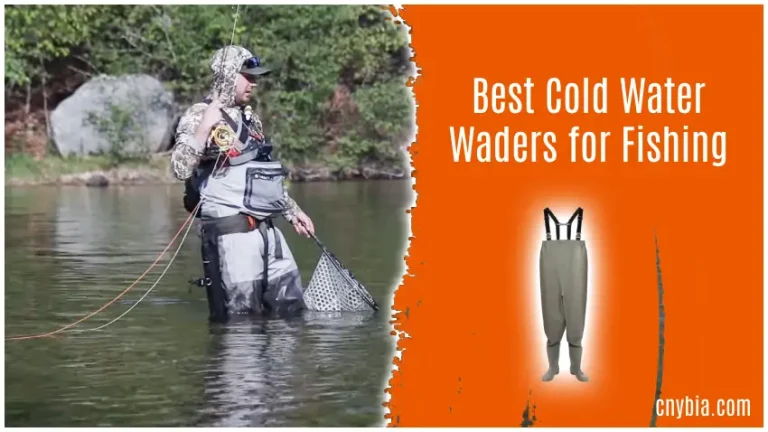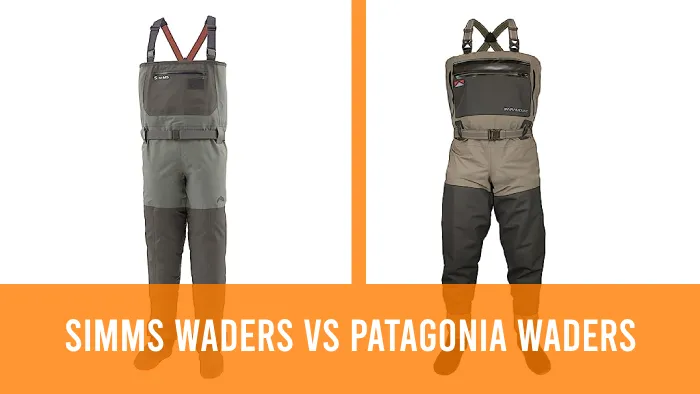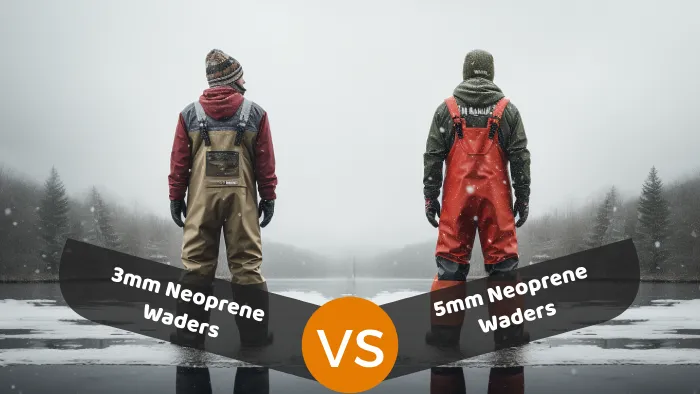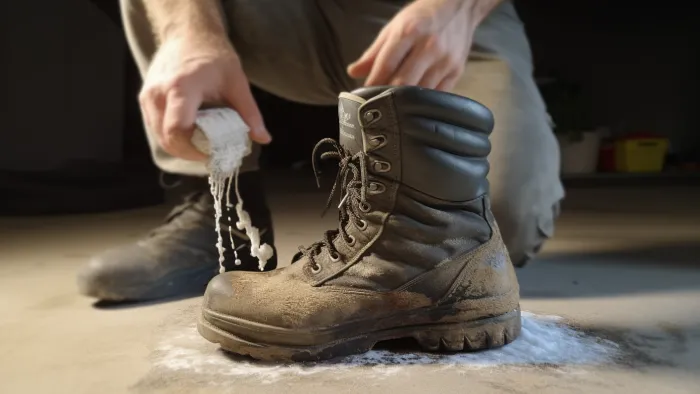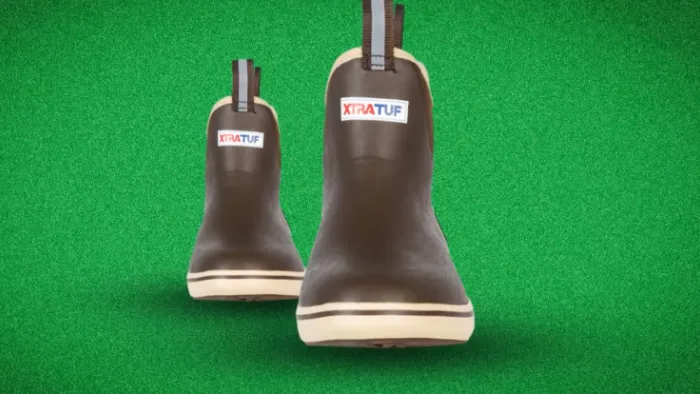One Piece vs Two Piece Fishing Rod: 9 Differences for Anglers
Fly fishing is a pursuit that demands precision, finesse, and a keen understanding of the subtleties of the sport. Central to any fly angler’s arsenal is the choice of fly rod, a decision that goes beyond just length and weight. Within the realm of fly rods, a significant choice arises between one-piece and two-piece designs.
A one piece rod offers better overall performance in strength and sensitivity due to its seamless design. In contrast, a two piece rod offers more portability and convenience for traveling or storage purposes.
Here, we’ll explore nine differences between one piece and two piece rods for anglers to consider when selecting either option.
Differences Between One Piece and Two Piece Fly Fishing Rods
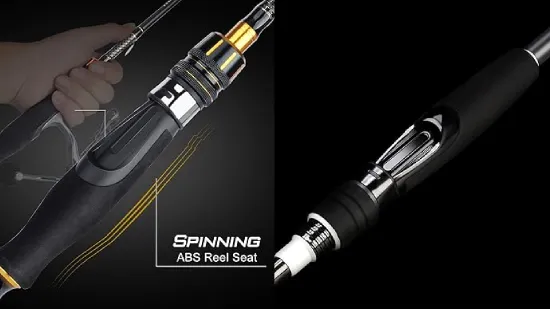
When choosing between a one piece and two piece fly fishing rod, there are several key points to consider. Here are the most significant differences between the two:
- Structural integrity and sensitivity
- Portability and convenience
- Strength and durability
- Casting performance
- Specific applications
- Price and availability
- Assembly and setup
- Specialized use cases
- Transportation considerations
Now, let’s take a closer look at each of these differences.
No 01: Structural Integrity and Sensitivity
The absence of joints in one-piece fly rods allows for better transmission of subtle vibrations, making them more sensitive compared to two-piece rods. These rods can detect even the slightest movements underwater with a seamless construction.
Due to the lack of connection points along the rod, blank ensures no energy is lost during the transfer from the line to your hand. This means you’ll be able to feel every nibble and strike with remarkable precision.
In contrast, two-piece fly rods have a connection point that can slightly hinder sensitivity. While still capable of detecting bites, they may require a bit more attention and focus from the angler.
No 02: Portability and Convenience
Two-piece fly rods offer several advantages over one-piece fly rods.
Firstly, their ability to break down into manageable sections makes them much more convenient and easier to transport.
Their design lets you separate the rod into two pieces, making it compact enough to fit into a backpack or carry-on luggage. This portability is especially advantageous when you venture into remote or challenging terrains for fly fishing.
In contrast, one-piece fly rods can be less convenient for traveling due to their continuous length.
They may require specialized cases or additional effort to transport safely. The bulkiness of one-piece rods can hinder you when you need to move quickly or have limited storage space.
No 03: Strength and Durability
If you want a fly rod that can handle more pressure without worrying about weak points or breakage, consider opting for a one-piece design. One-piece fly rods have a distinct advantage regarding strength and durability.
With their single-piece construction, fewer potential weak points reduce the risk of breakage during intense fights with larger fish.
Contrary to this, two-piece fly fishing rods have a vulnerable breaking point at the connection between the two sections. Despite advancements in rod design, they still require careful handling to avoid damage.
No 04: Casting Performance
One-piece fly rods offer a uniform blank, translating to better casting performance. The absence of joints or connections along the rod allows for a smoother energy transfer during the cast, resulting in more accurate and controlled casts.
With a one-piece design, you can achieve greater casting distance and accuracy due to the seamless action of the rod. While modern two-piece fly rods have improved in minimizing any discontinuity at the joint, there may still be a slight difference in casting performance compared to their one-piece counterparts.
Meanwhile, two-piece fly rods may have a slight discontinuity at the joint, which can affect the rod’s casting action. Although this can be minimized, you may still experience a slight difference in performance when compared to one-piece rods.
No 05: Specific Applications
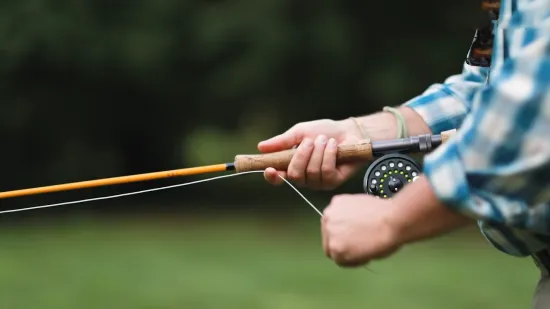
When considering the specific applications of fly rods, you should understand the advantages and disadvantages of one-piece and two-piece designs.
One-piece fly rods are ideal for situations that require high sensitivity and casting precision, such as dry fly fishing in freshwater streams. The seamless construction of a one-piece rod allows for enhanced feedback and control, enabling you to make accurate casts with finesse.
Additionally, a two-piece design might be more suitable if you’re an angler who values versatility and needs a rod that can be easily transported to different fishing locations. These rods offer convenience when traveling while still providing decent performance on the water.
No 06: Price and Availability
To find a fly rod that fits your budget and is readily available, consider the different price points and availability of one-piece and two-piece designs.
Two-piece fly rods are generally more accessible and come in a wider range of prices. They cater to a broader audience, including beginners and anglers on a budget. You can easily find them in various fishing stores or online retailers.
On the other hand, one-piece fly rods are less common and often come with a premium price tag, especially if they are designed for specialized purposes or made from high-quality materials.
While they may be harder to come by, some dedicated fly fishing shops or online marketplaces might offer them for those seeking top-notch performance and craftsmanship.
No 07: Assembly and Setup
Make sure you secure the connection properly when assembling your fly rod. A simple assembly is required for one-piece fly rods, so you can skip this step altogether.
However, with two-piece fly rods, it’s important to ensure that the connection between the two sections is tight and secure. Begin by aligning the male and female ends of the rod sections and inserting them together until they fit snugly. Give it a gentle twist to make sure they are fully engaged.
It’s essential to check this connection periodically while fishing because vibrations from casting or reeling can loosen it over time. If you notice any play or movement in the joint, simply tighten it by twisting it clockwise until it feels secure again.
No 08: Specialized Use Cases
For specialized fly fishing techniques or environments, you might prefer a one-piece or two-piece fly rod based on your angling preferences. Regarding specialized use cases, choosing between a one-piece and two-piece rod can significantly impact your fishing experience.
In scenarios where you are targeting larger and more powerful species in saltwater, a one-piece rod’s added strength and durability can give you an advantage. An all-in-one rod ensures maximum power transfer during casting and fighting fish.
For example, a one-piece rod is ideal when you fly fishing in New Mexico for large Rainbow Trout. The added stiffness of the blank and increased control over the line will provide a perfect balance between power and precision.
In contrast, if you are pursuing niche fly fishing applications or need to hike to remote mountain streams, the convenience of a two-piece rod must be considered. Its ability to break down into multiple sections allows for easy movement without sacrificing performance on the water.
No 09: Transportation Considerations
Consider the size and weight of your gear when deciding between a one-piece or two-piece fly rod for easier transportation. If you have limited space in your vehicle or frequently travel by plane, a two-piece fly rod may be more practical.
These rods can be broken down into smaller sections and easily fit into travel cases or backpacks. This allows for convenient transport without the need for specialized cases or accommodations.
On the other hand, one-piece fly rods can pose challenges regarding transportation. They often require specialized cases or larger vehicle accommodations, which may only sometimes be feasible for anglers who need to move their gear frequently.
Comparison Table Between One Piece and Two Piece Fishing Rod
| Aspect | One Piece Fly Fishing Rods | Two Piece Fly Fishing Rods |
| Structural Integrity | Continuous construction, higher sensitivity | The connection point may reduce sensitivity, a potential weak point |
| Portability | Bulky and less portable, challenging to transport | Easily broken down for convenient transport |
| Strength and Durability | Stronger with fewer weak points, less prone to breakage | Potential breaking point at the joint, susceptible to damage if mishandled |
| Casting Performance | Consistent casting action due to uniform blank | The slight discontinuity at the joint may affect the casting |
| Specific Applications | Ideal for sensitivity-dependent fishing, e.g., dry fly fishing | Versatile and suitable for various fishing environments |
| Price and Availability | Less common and often premium-priced | More readily available in a wider price range |
| Assembly and Setup | Ready to use immediately. Little assembly required | Requires assembly and occasional tightening of the connection |
| Specialized Use Cases | Preferred for demanding scenarios, e.g., saltwater fly fishing | Practical for niche applications and remote fishing spots |
| Transportation Considerations | Challenging transport, requires specialized cases | Convenient for travel and limited storage space |
Can I convert a one-piece fly Rod into a two-piece or vice versa?
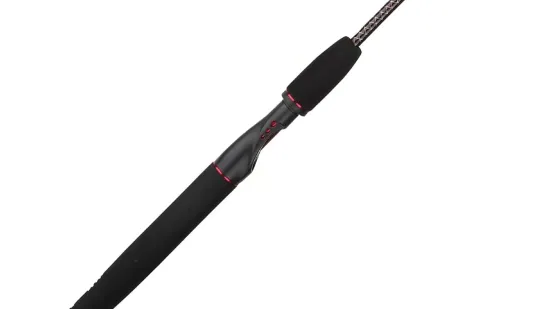
Converting a one-piece fly rod into a two-piece rod isn’t recommended, as it could compromise the rod’s performance and integrity.
These rods are specifically designed with their respective configurations in mind, and altering them significantly may lead to unforeseen consequences.
When manufacturers design one-piece rods, they take into account factors such as weight distribution and flex patterns that optimize the rod’s performance.
On the other hand, two-piece rods are engineered to have joint sections that maintain the necessary strength and flexibility while allowing for easy transportation and storage.
Attempting to convert a one-piece rod into a two-piece or vice versa would require significant modifications that might disrupt these carefully planned designs.
Can I customize the length of a two-piece fly Rod by omitting a section?
You shouldn’t remove a section from your two-piece fly rod to customize its length because it can negatively affect the rod’s action and balance.
When you omit a section, you disrupt the carefully engineered design of the rod. Each section plays a crucial role in determining how the rod flexes and bends during casting and fighting fish. Removing a section can alter these dynamics, resulting in unpredictable casting performance and compromised sensitivity.
Additionally, the balance of the rod may be thrown off when a section is removed, affecting your ability to control and manipulate the fly line efficiently.
Is a 2 piece surf rod good?
If you’re wondering, a 2 piece surf rod is definitely a good choice for fishing in the surf. These rods are designed specifically for casting out into the waves and reeling in big fish from the shore.
The two-piece design allows for easy transportation and storage, making it convenient to take your rod with you wherever you go. Additionally, these rods are typically made with durable materials that can withstand the harsh conditions of saltwater fishing.
They provide excellent sensitivity and power, allowing you to feel even the slightest nibble and easily handle larger fish. With a 2 piece surf rod, you’ll have the versatility to cast your line far out into the ocean while still maintaining control over your catch.
One Piece or Two Piece Fishing Rod: Discover the Ultimate Fly Casting Gear
Now you know the differences between a one-piece and two-piece fishing rod. You can determine which rod type is best for you by considering your fishing needs.
One-piece rods offer superior sensitivity and casting consistency, making them ideal for those who seek the utmost precision in their pursuits. Alternatively, two-piece rods provide versatility and ease of transport, catering to anglers who navigate diverse fishing environments.
As with any choice in the angler’s toolkit, the decision should be a reflection of individual preferences, fishing style, and the unique demands of each angling trip.
You should ultimately decide what is right for you based on your specific fishing needs and preferences. So go ahead and pick the rod that suits you best.

